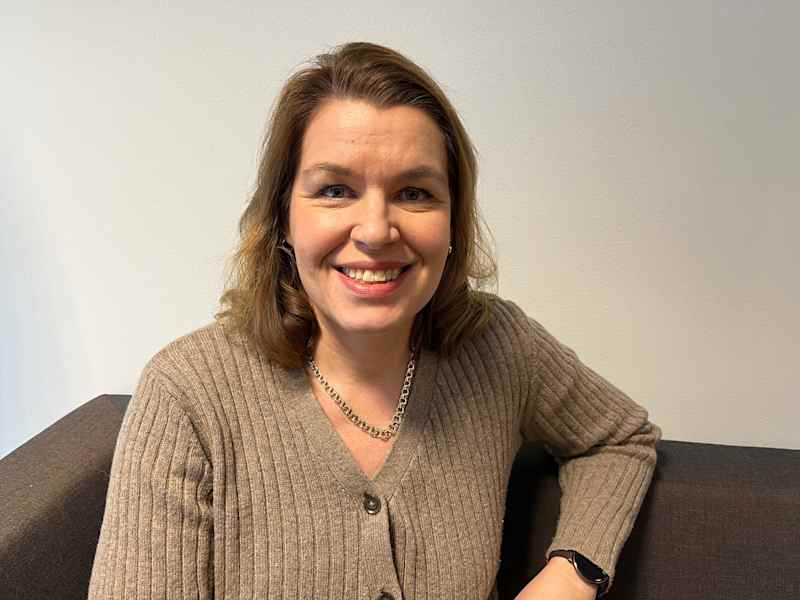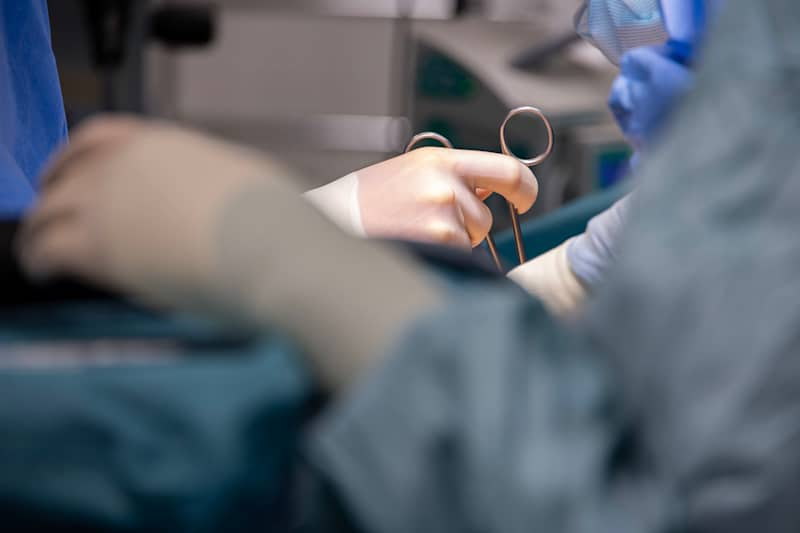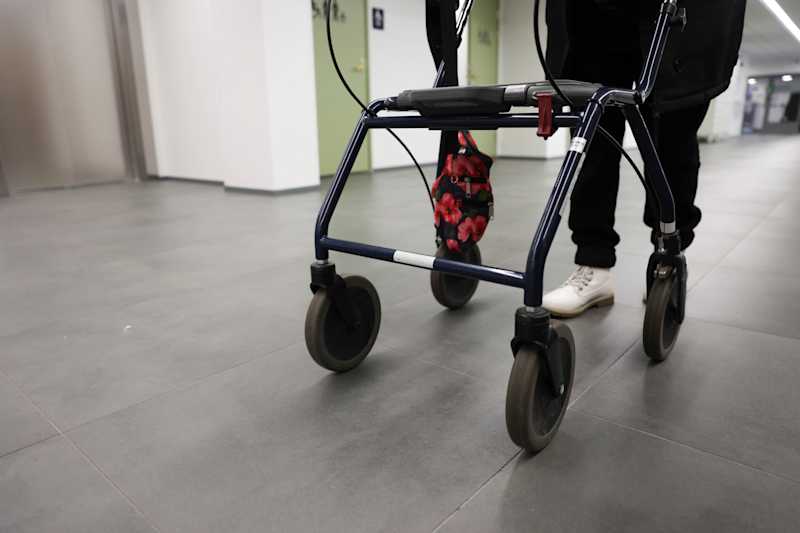Low empowerment was a disappointment for some social policy makers – boards are being made more attractive

Some decision-makers in the Päijät-Häme welfare region have been annoyed by the limited power of the boards. For example, budget powers cannot be transferred, but the content of the boards can be shaped.
The aim is to make decision-making in the Päijät-Häme welfare area more meaningful by streamlining decision-making bodies. A survey of regional councillors a year ago revealed that some of them were disappointed by the poor capacity to make decisions with concrete effects.
In municipalities, decision-makers can also influence how money is spent in the boards, but the boards in the welfare regions have no budgetary power. However, in order to motivate the work of the boards, their content will be renewed in the next period.

The reforms were prepared by a political steering group with representation from the regional council groups, and the new democratic structure was approved by the regional council in December. The reforms will come into force when the new regional council term starts after the spring 2025 elections.
Three boards will still remain in the region, but they will be reformed in terms of content. For example, the Safety and Preparedness Board today largely deals with rescue operations, but in the future the focus will also be more on overall preparedness for crises, which is more up-to-date than before.
It was also included in the reforms that the boards try to better take into account the perspective of the residents of the area who use the services.
– We believe that the work in the boards will become more motivating with these changes, even though budget authority is still lacking, Niinistö states.
He says that he himself found working in the Päijät-Häme regional council to be meaningful. Niinistö reminds that even though the funding comes from the state, the region still thinks a lot about how services are organized. Niinistö hopes that as many people as possible would run for office in the elections and, above all, that people would cast their votes in the elections, despite the fact that the municipal elections are also held at the same time.
Signs of better things to come in Päijät-Häme
Although the decision-makers in Päijät-Häme still have to make unpleasant decisions about savings, the election spring is already approaching with brighter signs. The welfare area has managed to make up last year’s deficit to a smaller extent than predicted.

Among other things, the welfare area has succeeded in significantly reducing the use of hired labor. It has also pinched millions from separately repaired work.
Concerns in the welfare area continue to be caused, for example, by the inadequacy of mental health services and excessively long surgery queues, which, however, have been clearly shortened from the worst.

